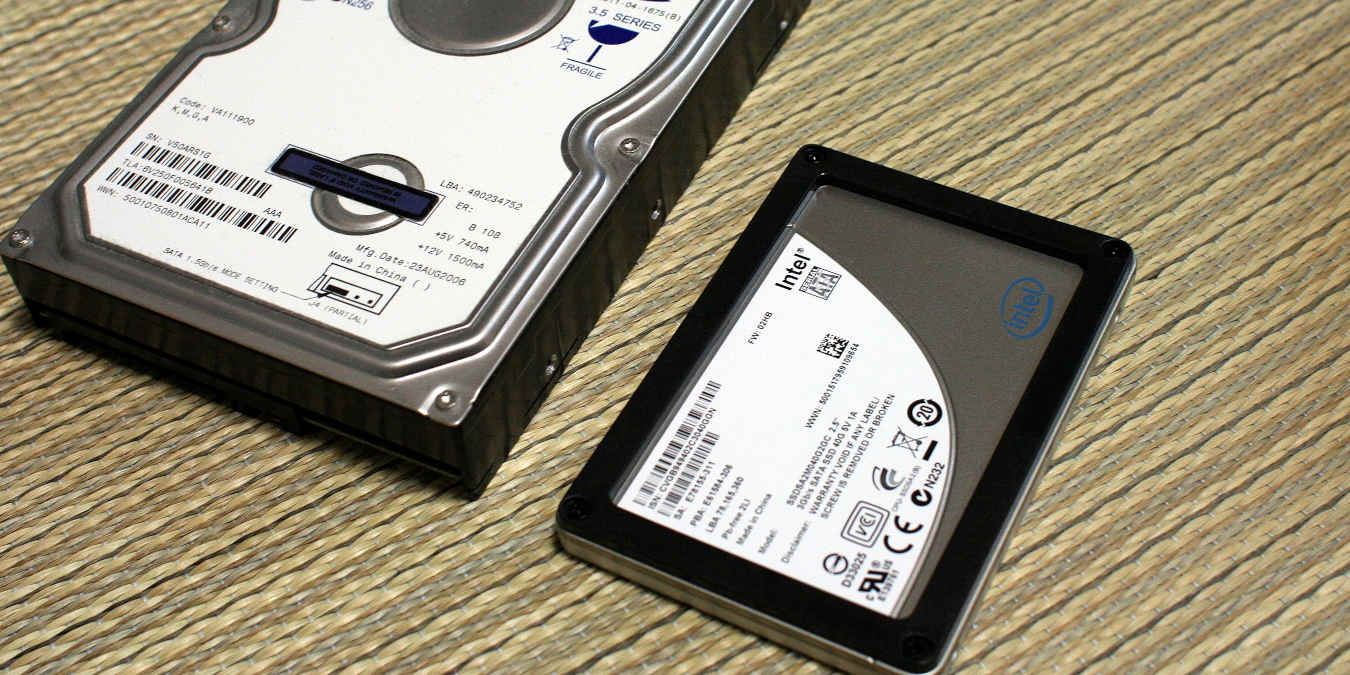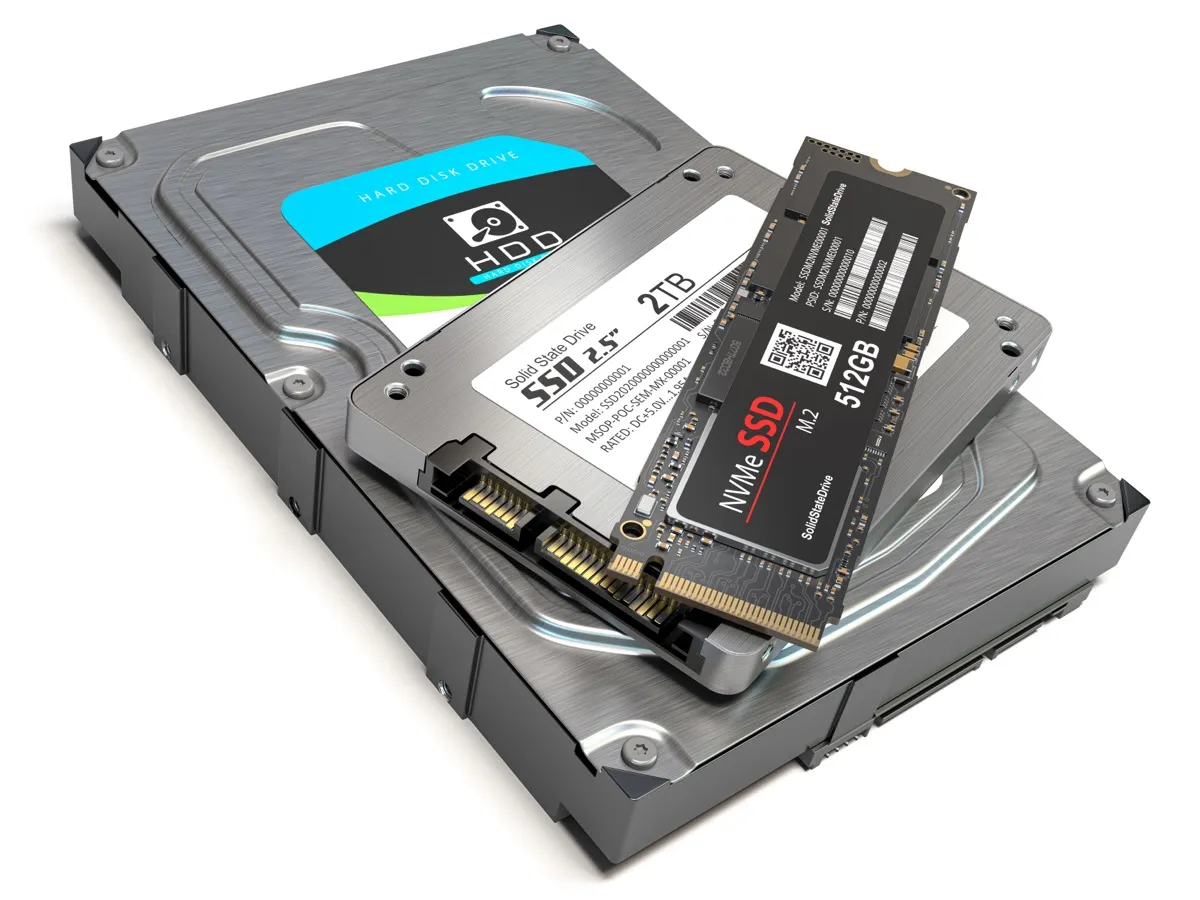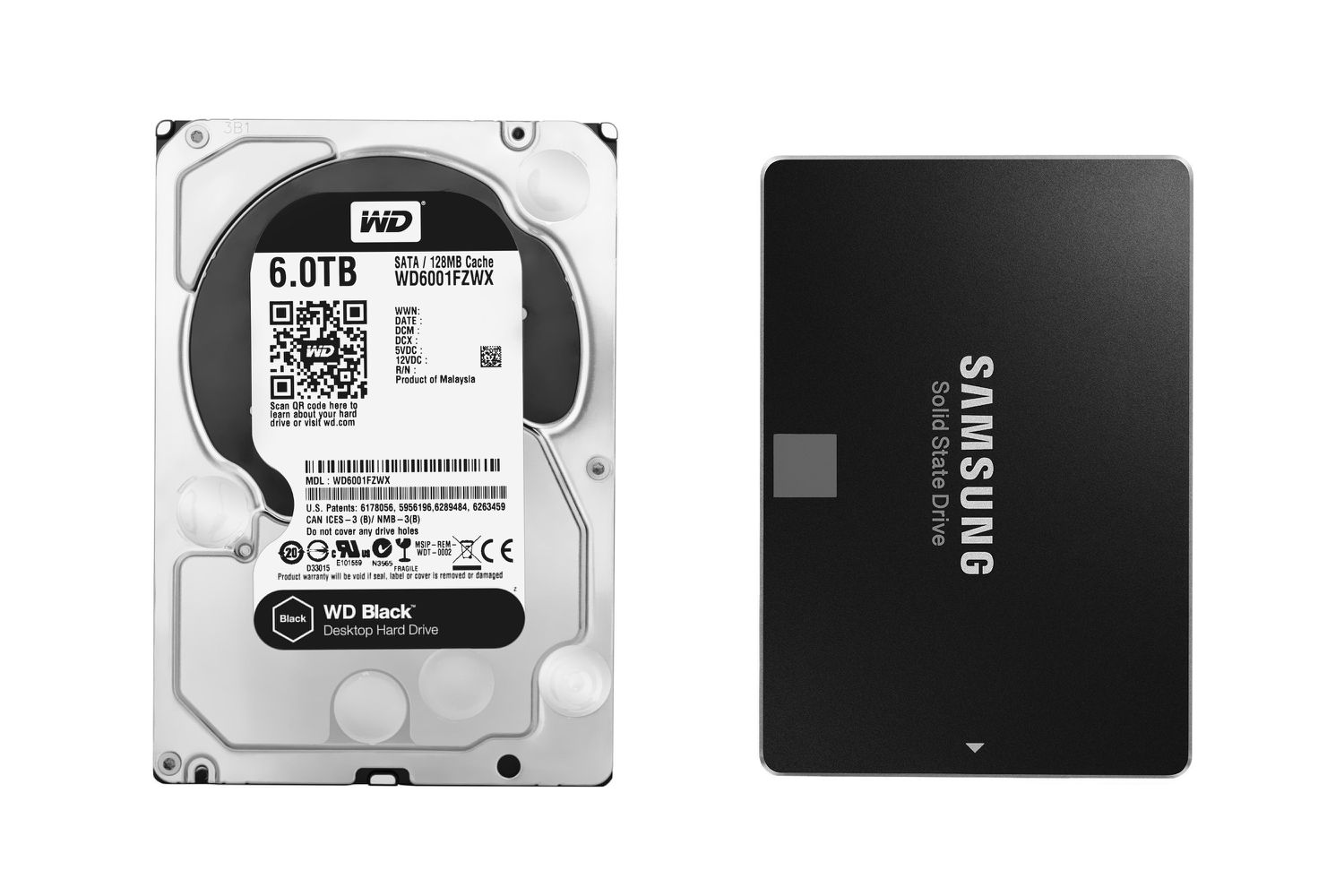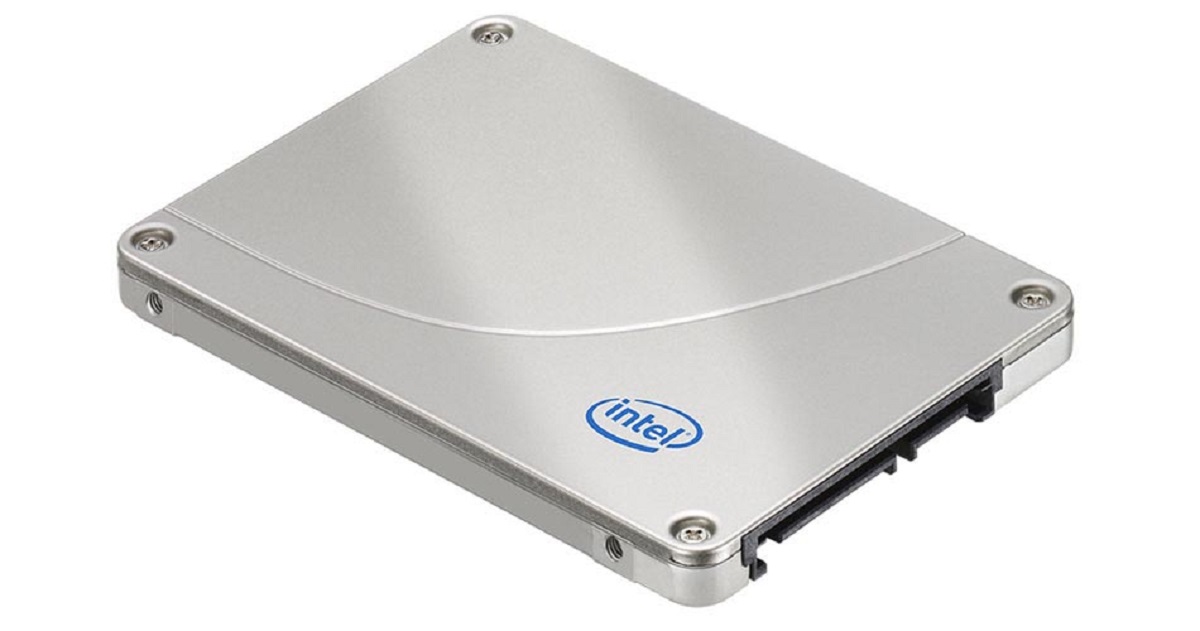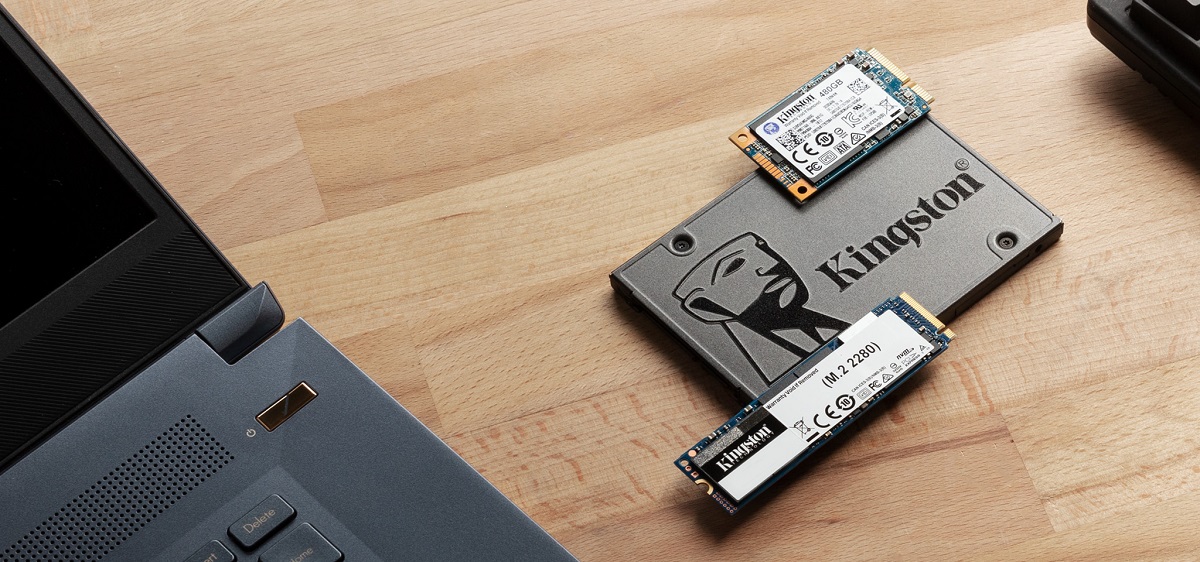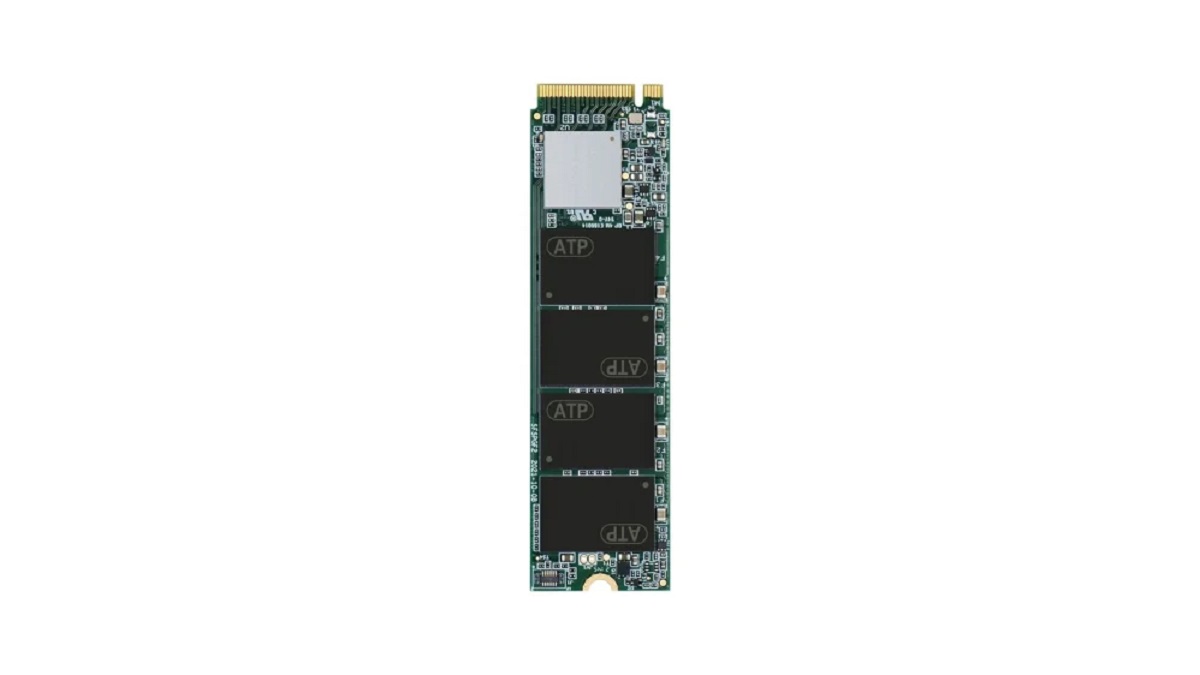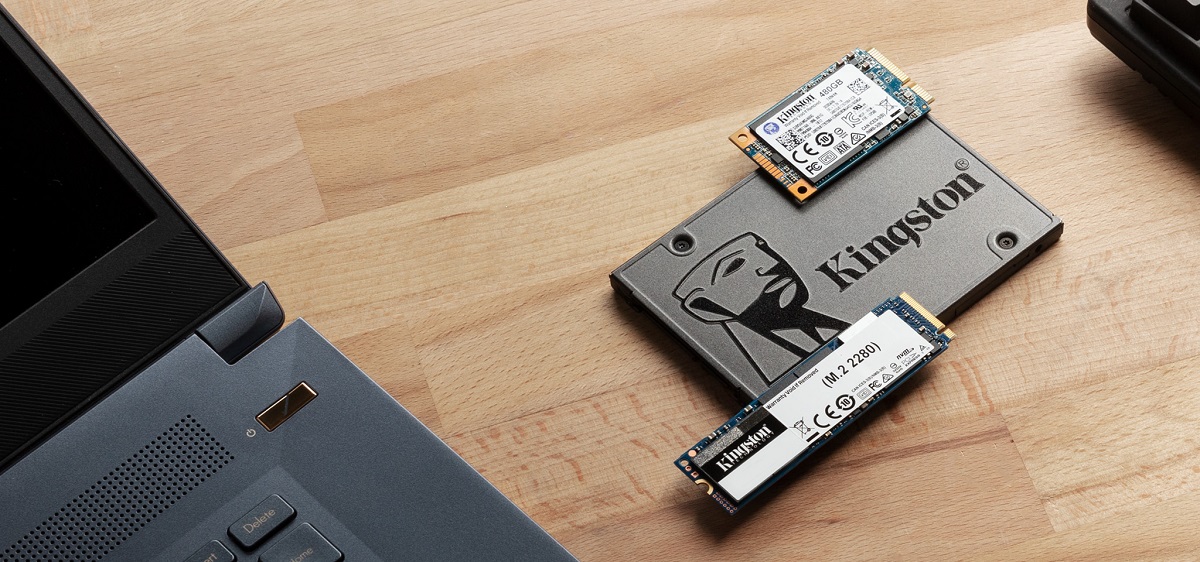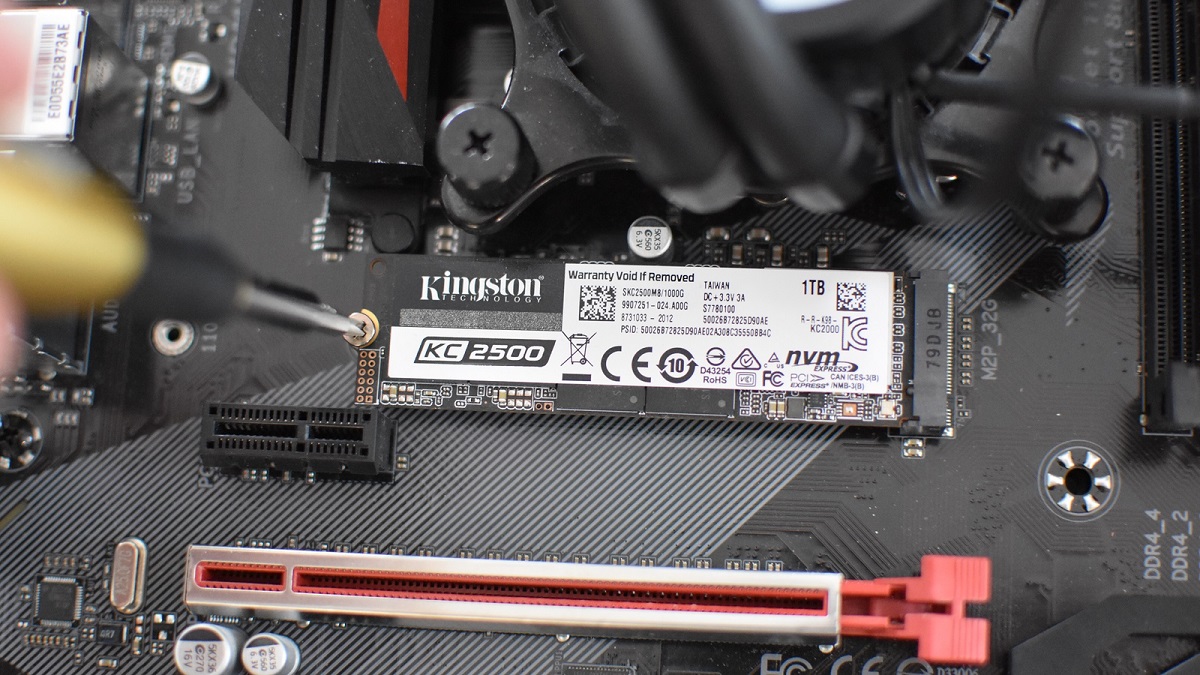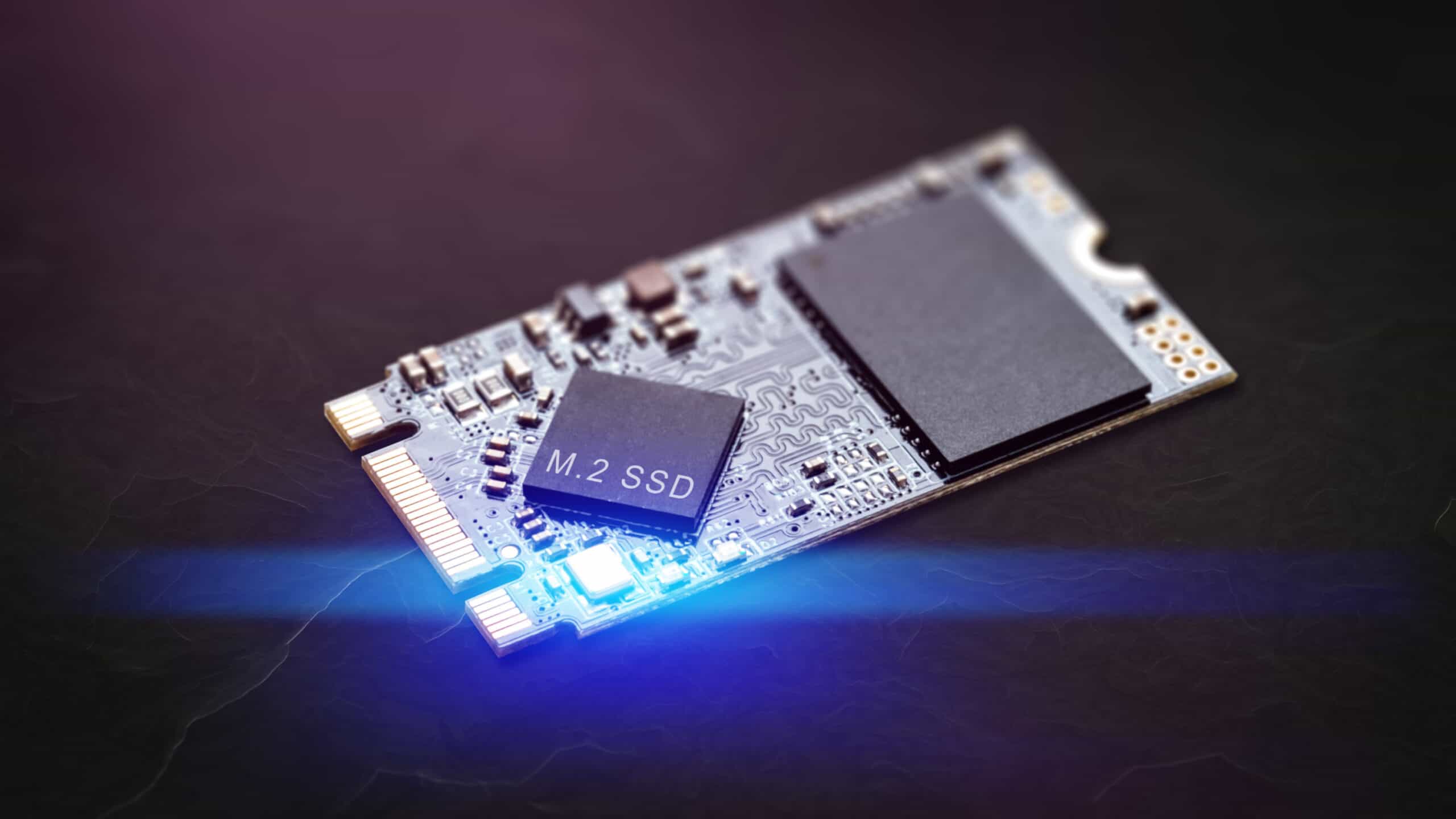Compatibility Issues
While solid-state drives (SSDs) offer numerous advantages over traditional hard disk drives (HDDs), they are not without their disadvantages. One significant drawback of SSDs is compatibility issues, which can pose challenges for users in certain situations.
One of the primary compatibility issues with SSDs is the need for a compatible interface. SSDs typically use either Serial ATA (SATA) or Non-Volatile Memory Express (NVMe) interfaces. While modern computers are designed with these interfaces, older systems may lack support for them. This means that if you have an older computer that only supports older interface standards, you may need to upgrade or use an adapter to utilize an SSD.
Another compatibility concern arises when it comes to operating systems. Some operating systems may not fully support SSDs or may require additional drivers to optimize their performance. This can limit the functionality and benefits you can experience from using an SSD on these systems.
Furthermore, compatibility issues can extend to software and applications. Certain software applications may not be fully compatible with SSDs, leading to potential issues such as slower performance or even compatibility errors. It’s crucial to ensure that your software and applications are compatible with SSDs to avoid encountering any compatibility-related complications.
Lastly, while SSDs are compatible with most devices that support standard HDDs, there may still be instances where compatibility issues arise due to unique hardware configurations. This can be particularly relevant in specialized systems or older devices where SSD installations may require additional modifications or custom solutions.
Overall, compatibility issues can be a significant drawback when it comes to using SSDs. It’s important to consider the compatibility of your hardware, operating system, software, and applications before making the switch to an SSD. Ensuring compatibility can help avoid potential frustrations and difficulties down the line.
Limited Lifespan
One of the key disadvantages of solid-state drives (SSDs) is their limited lifespan. Unlike traditional hard disk drives (HDDs) that use mechanical components, SSDs rely on flash memory to store data. While SSD technology has significantly improved over the years, it still experiences wear and tear with frequent use, which can impact its lifespan.
SSDs have a finite number of write cycles known as program-erase (P/E) cycles. Each time data is written to the SSD, it consumes one P/E cycle. Once the number of P/E cycles is exhausted, the SSD may start to exhibit failures or lose data. However, it is important to note that most modern consumer-grade SSDs have a high number of P/E cycles, making them last for many years under typical usage conditions.
The lifespan of an SSD can also be affected by factors such as temperature, usage patterns, and the type of data being written. Constant exposure to high temperatures can reduce the overall lifespan of an SSD, while heavy usage, such as frequent large file transfers or constant write operations, can accelerate the wear on the drive.
Another important consideration is the type of data being stored. SSDs use a technique called wear leveling to distribute write operations evenly across the memory cells. However, certain types of data, such as frequently overwritten files or databases, can cause uneven wear on specific cells, decreasing the overall lifespan of an SSD.
It’s worth noting that modern SSDs often come with advanced features like wear-leveling algorithms and over-provisioning, which help prolong their lifespan. Additionally, manufacturers usually provide warranties that cover the drive for a specified number of years or total bytes written, adding some assurance to the lifespan concern.
Despite these advancements, the limited lifespan of SSDs remains a disadvantage compared to HDDs, which typically have longer lifespans due to their mechanical nature. However, it’s important to consider the overall usage pattern and other factors to understand the impact on the SSD’s actual lifespan.
Higher Price per Gigabyte
When it comes to comparing solid-state drives (SSDs) and traditional hard disk drives (HDDs), one of the significant disadvantages of SSDs is their higher price per gigabyte. SSDs tend to be more expensive than HDDs on a per-unit basis, making them a costlier choice for storage.
The higher price of SSDs can be attributed to several factors. First and foremost, the manufacturing process of SSDs involves advanced technology and more expensive components compared to HDDs. SSDs utilize flash memory chips, which are more costly to produce than the magnetic platters and read/write heads used in HDDs.
Furthermore, the demand for SSDs has been rising steadily, driven by their numerous advantages over HDDs, such as faster access times and improved durability. This increased demand has led to higher prices, as manufacturers aim to capitalize on the growing market.
In addition to the initial cost, the price per gigabyte of storage is also higher for SSDs compared to HDDs. SSDs typically offer lower storage capacities compared to HDDs at the same price point. This means that if you require a larger storage capacity, you would need to invest significantly more in purchasing SSDs compared to HDDs.
However, it’s important to consider the overall value proposition of SSDs. Despite the higher price per gigabyte, SSDs offer significant performance advantages over HDDs, including faster boot times, quicker file transfer speeds, and improved responsiveness. If you prioritize speed and performance, the higher cost of SSDs may be justified.
Over time, as technology improves and becomes more widespread, the cost of SSDs is expected to decrease. We have already witnessed a gradual decline over the years as SSDs become more affordable. So while the higher price per gigabyte of SSDs may currently be a disadvantage, it may become less significant in the future.
Ultimately, when deciding between an SSD and HDD, it’s important to weigh the cost factor against the performance benefits and individual storage requirements. SSDs may be more expensive, but they offer substantial advantages that may be worth the investment.
Inability to Recover Data
One significant disadvantage of solid-state drives (SSDs) is the potential difficulty in recovering data in case of failure or corruption. Unlike traditional hard disk drives (HDDs), which often offer some level of data recovery options, SSDs present challenges when it comes to retrieving lost or damaged data.
When an HDD encounters data loss or corruption, there are various tools and techniques available to recover the data. This is because the magnetic platters used in HDDs retain the data even if the drive is malfunctioning. Data recovery specialists can often retrieve the information by accessing the platters directly.
However, due to the nature of SSD technology, recovering data from a malfunctioning or failed SSD is much more complex. SSDs utilize flash memory cells, which store information electronically rather than on physical platters. When an SSD experiences failure, it can become nearly impossible to access the data through conventional means.
Additionally, SSDs typically implement wear leveling algorithms to distribute write operations across cells evenly. This feature prevents specific cells from wearing out faster than others. However, it also poses a challenge for data recovery. When data is deleted or overwritten on an SSD, the wear leveling algorithm may distribute the data across multiple cells, making it difficult to piece together the complete file during a recovery attempt.
While there are data recovery services specialized in SSDs, their success rates can vary, and the process can be significantly more complicated and expensive compared to HDD recovery. In some cases, if an SSD fails completely, data recovery may be impossible, resulting in permanent data loss.
Therefore, it is crucial to prioritize data backup and prevention methods when using an SSD. Regularly backing up your data to an external storage device, cloud service, or another location can help mitigate the risk of permanent data loss. Implementing redundancy strategies such as RAID (Redundant Array of Independent Disks) can also provide an additional layer of data protection.
Overall, the inability to easily recover data from a malfunctioning or failed SSD is a notable disadvantage. Users must be aware of the risks involved and take appropriate measures to back up their data regularly to minimize the potential impact of data loss.
Write Speed Degradation
One of the disadvantages of solid-state drives (SSDs) is the potential for write speed degradation over time. While SSDs provide faster read and write speeds compared to traditional hard disk drives (HDDs), their performance can suffer as the drive ages and becomes more heavily utilized.
SSDs function by storing data in memory cells within the drive. When writing new data, the drive must first erase the existing data in a memory cell before writing the new information. Over time, as more data is written and erased, the drive’s performance can gradually degrade.
This phenomenon is known as write speed degradation, and it occurs due to the nature of flash memory technology used in SSDs. As cells on the drive are repeatedly erased and written to, they may become worn out or take longer to respond, resulting in slower write speeds.
Manufacturers have implemented various techniques to mitigate write speed degradation, such as wear leveling and over-provisioning. Wear leveling redistributes write operations across different memory cells, preventing specific cells from wearing out faster than others. Over-provisioning reserves a portion of the drive’s capacity for internal maintenance, helping to maintain performance and extend the lifespan of the SSD.
However, despite these measures, write speed degradation is still a consideration when using an SSD. The extent of the degradation can vary depending on factors such as the quality of the drive, the usage patterns, and the amount of data being written and erased.
It’s important to note that while write speed degradation can impact the performance of the SSD, it primarily affects write-intensive tasks. For everyday use and read-intensive operations, SSDs generally maintain their high-speed performance throughout their lifespan.
To minimize the effects of write speed degradation, users can take certain precautions. One approach is to avoid filling the SSD beyond its recommended capacity. Leaving some free space helps the drive to perform wear leveling more effectively and can help mitigate degradation. Regularly updating the firmware of the SSD can also improve performance and address any known issues.
In summary, while SSDs offer faster read and write speeds compared to HDDs, write speed degradation can occur over time. By understanding this potential issue and implementing preventive measures, users can make the most of their SSD’s performance and longevity.
Susceptible to Electrical Damage
One of the disadvantages of solid-state drives (SSDs) is their susceptibility to electrical damage. Unlike traditional hard disk drives (HDDs) that have mechanical components, SSDs rely on electronic circuitry, making them more sensitive to power fluctuations and electrical surges.
Electrical damage can occur when an unexpected power surge or voltage spike exceeds the tolerance levels of the SSD’s electronic components. This can cause irreparable damage to the circuitry, resulting in data loss or rendering the drive completely inoperable.
Power outages and sudden power fluctuations can be particularly risky for SSDs. Without a stable power supply, SSDs may experience inconsistent voltage levels, which can put stress on the electronic components and lead to malfunctions or failures.
Additionally, SSDs are generally more susceptible to electromagnetic interference (EMI) compared to HDDs. EMI can be caused by nearby electronic devices, power lines, or even electromagnetic radiation sources. When exposed to high levels of EMI, SSDs may experience data corruption or become unusable.
To mitigate the risk of electrical damage, it is important to use surge protectors or uninterruptible power supplies (UPS) with SSD-based systems. These devices help regulate the power supply and protect against sudden spikes or surges. Implementing proper grounding techniques and using high-quality power cables can also minimize the risk of electrical damage.
When it comes to data protection, regular backups to external storage devices or cloud services are crucial. By regularly backing up the data, even in the event of electrical damage to the SSD, users can ensure that their important files and documents are safe and recoverable.
It’s worth noting that SSD manufacturers are aware of the vulnerability to electrical damage and often implement internal protection mechanisms within their drives. These mechanisms are designed to absorb and dissipate electrical surges or fluctuations, reducing the risk of damage to the circuitry. However, it is still important to take precautions and protect the SSD from potential electrical hazards.
Overall, while SSDs offer numerous advantages, their sensitivity to electrical damage is a notable disadvantage. By implementing preventive measures and maintaining proper backup practices, users can mitigate the risk and ensure the longevity of their SSD-based systems.
Limited Storage Capacity
One of the drawbacks of solid-state drives (SSDs) is their limited storage capacity compared to traditional hard disk drives (HDDs). While SSD technology has advanced significantly over the years, offering higher capacities than before, they still tend to have smaller storage sizes than HDDs at comparable price points.
The limited storage capacity of SSDs can be attributed to several factors. First and foremost, the cost per gigabyte of SSDs is generally higher than HDDs. As a result, manufacturers often prioritize smaller storage capacities to keep prices more affordable. This means that if you require a large amount of storage space, choosing an SSD can be a costlier option.
Additionally, the physical design of SSDs can also impact their storage capacity. SSDs use flash memory chips to store data, and these chips come in varying sizes and densities. While advancements in technology have allowed for higher densities, there are still limits to the number of chips that can be fitted within an SSD enclosure, which can restrict the overall storage capacity.
However, it’s important to note that the limited storage capacity of SSDs may not be a significant concern for all users. For those who primarily use their computers for everyday tasks, such as web browsing, document editing, and media consumption, the storage capacity of modern SSDs may be more than sufficient.
Furthermore, there are solutions to overcome the storage limitations of SSDs. One option is to utilize external storage devices, such as external hard drives or network-attached storage (NAS) systems, to offload larger files or infrequently accessed data. Cloud storage services also provide an alternative for storing files remotely, freeing up space on the SSD.
As SSD technology continues to evolve, we can expect to see larger storage capacities become more readily available. The increasing demand for higher capacities and the ongoing development of more efficient flash memory technology are driving manufacturers to enhance the storage capabilities of SSDs.
In summary, while SSDs may have limited storage capacities compared to HDDs, they offer a range of other benefits, such as faster performance and improved durability. By considering individual storage needs and utilizing external storage options, users can effectively manage the limited capacity of SSDs and enjoy the advantages they offer.
Limited Encryption Options
When it comes to encryption, solid-state drives (SSDs) have certain limitations compared to traditional hard disk drives (HDDs). Encryption is a crucial aspect of data security, and the limited encryption options of SSDs can be considered a significant drawback.
While modern SSDs generally offer built-in hardware-based encryption, the options available may be more limited compared to HDDs. This is mainly due to the complex nature of SSD architecture and the various technologies utilized in their design.
One limitation is the lack of support for certain encryption protocols. SSDs may not be fully compatible with all encryption software or may have limited support for specific encryption algorithms. This can restrict the options for users who require a specific level of encryption or prefer the use of certain encryption standards.
Another issue with SSD encryption is the lack of user-accessible encryption controls. In some cases, SSDs may not provide the ability for users to easily manage or change encryption settings. This can be a concern for individuals or organizations that require more extensive control over their data encryption processes.
Additionally, SSD encryption may have performance implications. The encryption process can impact the speed and responsiveness of the drive, especially if the encryption algorithms used are computationally intensive. While modern SSDs have made significant advancements in reducing the performance impact, it’s still an area where improvements can be made.
It’s worth noting that there are external solutions and software tools that can help overcome some of the limited encryption options of SSDs. These solutions provide additional layers of encryption and may offer more flexibility and control over encryption settings.
However, it’s important to keep in mind that effective encryption should encompass the entire storage system, including the SSD itself. Therefore, relying solely on external encryption solutions may not provide the same level of security and integration as built-in SSD encryption.
It is advisable to carefully review the specifications and encryption capabilities of SSDs before making a purchase. By selecting SSDs with advanced encryption features, you can ensure better protection for sensitive data.
As SSD technology continues to develop, we can expect to see improvements in encryption options. Manufacturers are constantly working to enhance the security aspects of SSDs and provide users with more comprehensive encryption capabilities.
In summary, the limited encryption options of SSDs compared to HDDs can be a disadvantage for users who prioritize data security. However, external encryption solutions and careful selection of SSDs with advanced encryption features can help mitigate this limitation.
Less Suitable for Long-Term Storage
Solid-state drives (SSDs), while offering numerous advantages, are generally considered to be less suitable for long-term storage compared to traditional hard disk drives (HDDs). When it comes to storing data for extended periods, SSDs have certain limitations that users should be aware of.
One of the primary concerns with using SSDs for long-term storage is their limited data retention period. SSDs rely on electrical charges to store data, and over time, these charges can dissipate, leading to data loss or corruption. This phenomenon is known as data “decay” or “bit rot.” While modern SSDs have mechanisms in place to mitigate data decay, it is still a consideration when it comes to long-term storage needs.
Furthermore, SSDs have a limited lifespan, as discussed in an earlier section. Once an SSD reaches its maximum number of program-erase (P/E) cycles, it may fail or become unreliable. This limitation can pose a risk to data stored on the SSD, especially for long-term storage where the drive is expected to endure frequent write operations.
In addition to data decay and limited lifespan, another factor to consider is the overall capacity of the SSD. As technology advances, the storage capacities of SSDs have increased. However, when it comes to storing large amounts of data for an extended period, HDDs still offer larger capacities at more affordable price points compared to SSDs.
While SSD manufacturers have implemented various techniques, such as wear-leveling and over-provisioning, to improve the longevity of their drives, it’s important to evaluate individual storage requirements before choosing an SSD for long-term storage.
For users who prioritize long-term storage, utilizing backup solutions is highly recommended. Regularly backing up data from an SSD to external storage devices, cloud-based storage services, or redundant storage systems can help mitigate the risks associated with data decay, limited lifespan, and storage capacity limitations of SSDs.
It’s worth noting that SSDs are generally more suitable for active-use scenarios, where their faster access times, improved durability, and resistance to mechanical failures are highly advantageous. While they may not be the ideal choice for long-term storage, SSDs excel in providing high-performance storage for everyday computing tasks.
In summary, while SSDs offer numerous benefits, they are considered less suitable for long-term storage due to factors such as data decay, limited lifespan, and storage capacity limitations. Careful consideration of storage needs and implementing proper backup strategies can help mitigate the potential risks associated with using SSDs for long-term storage.
Incompatibility with Older Computers
One of the disadvantages of solid-state drives (SSDs) is their potential incompatibility with older computers. While modern SSDs are designed to be compatible with standard interfaces, older computer systems may not have the necessary hardware or firmware support to effectively utilize an SSD.
The main compatibility issue arises from the interface used by the SSD. Most modern SSDs utilize either the Serial ATA (SATA) or Non-Volatile Memory Express (NVMe) interface. These interfaces offer faster data transfer speeds and improved performance compared to older interfaces such as IDE (Integrated Drive Electronics).
Older computers that rely on IDE or other outdated interfaces may not have the necessary connectors or controller support to connect an SSD directly. In such cases, users would need to utilize adapters or upgrade their computer’s hardware to be compatible with the SSD’s interface.
Additionally, older computer systems may have outdated firmware or BIOS (Basic Input Output System) versions that do not recognize or properly support SSDs. This can result in compatibility issues, including the drive not being detected or functioning properly when connected to the computer.
Another consideration is the operating system compatibility. While most modern operating systems have built-in support for SSDs, older operating systems may lack essential features or optimizations for SSD usage. This can result in suboptimal performance or limited functionality when using an SSD with an older operating system.
It’s important to note that some SSD manufacturers provide firmware updates or compatibility tools that can help in overcoming compatibility issues with older systems. These updates can improve compatibility and ensure proper functionality between the SSD and the computer.
However, in cases where upgrading or updating is not feasible, using an older computer with an SSD may not yield the expected performance benefits. In such situations, it may be more practical to consider upgrading to a newer computer system that is specifically designed to take advantage of SSD technology.
In summary, while SSDs offer significant advantages over traditional hard disk drives, compatibility issues with older computers can pose a challenge. Users considering upgrading to an SSD should carefully assess the compatibility of their computer system, including the interface, firmware, and operating system support, to ensure a seamless and optimal experience.







